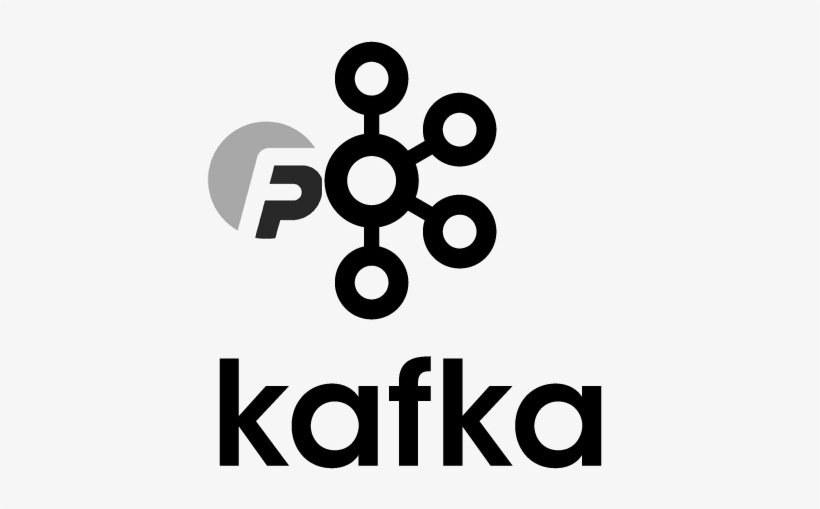Apache Kafka is an open-source, distributed event streaming platform capable of handling trillions of events a day. Yet, like any complex system, it’s not entirely free of potential issues. Understanding how to navigate the possible pitfalls in Kafka applications is critical to maintaining system performance and stability.
This article will cover some common problems encountered while working with Kafka, along with their solutions. We will dive into each issue, discuss the potential causes, and then offer steps to resolve them. Each problem is accompanied by code examples or command lines to better illustrate the points. By the end of this article, you will be equipped with practical knowledge and skills to troubleshoot issues in your Kafka applications.
1. Unable to Connect to the Kafka Cluster
One of the most common issues is the inability of a producer or consumer to connect to the Kafka cluster. This could be due to several reasons: a Kafka broker is down, network issues, or incorrect configurations.
First, ensure the Kafka broker is running. You can do this with the following command:
$ jpsThis command will display all Java processes, including Kafka if it’s running. If Kafka isn’t in the list, start it and try connecting again.
Next, check the configurations of your producer or consumer. In particular, the bootstrap.servers configuration must match the address of your Kafka broker.
properties.setProperty("bootstrap.servers", "localhost:9092");2. Message Loss
Message loss is a serious issue in any messaging system. It could be due to producers not getting acknowledgments, consumers reading from incorrect offsets, or even due to a Kafka broker crash.
Ensure the producer’s acks configuration is set to all to make sure the producer gets acknowledgments from all in-sync replicas.
properties.setProperty("acks", "all");Check that the consumer is reading from the correct offset. For instance, the following code reads from the latest offset, which might not be what you want if there are unprocessed messages in the partition:
properties.setProperty("auto.offset.reset", "latest");Regularly monitor your Kafka cluster to avoid crashes. If a crash happens, use replication in Kafka to recover lost data.
3. Data Not Balanced Across Partitions
Kafka uses partitions to divide the data of a topic across multiple brokers. Sometimes, data may not be balanced across partitions. This can happen when the partitioning strategy is not suitable for the data key.
You can create a custom partitioner to distribute the data more evenly. Here is an example of how to set a custom partitioner:
properties.setProperty("partitioner.class", "com.mycompany.MyCustomPartitioner");4. Consumer Falling Behind
Another issue that may occur is when a Kafka consumer cannot keep up with the rate of data being produced. This can be due to slow processing of the data, lack of consumer instances, or incorrect configurations.
If the processing is slow, you can try to optimize your code or increase the hardware resources.
To handle a large volume of data, you can add more consumers to the consumer group:
properties.setProperty("group.id", "myConsumerGroup");5. High Latency
High latency can be a problem in real-time data processing systems. In Kafka, this could be due to multiple factors, including network issues, overloaded Kafka brokers, or too frequent committing of offsets by the consumer.
One way to reduce latency is by reducing the frequency of offset commits:
properties.setProperty("enable.auto.commit", "false");Remember to manually commit the offsets at a suitable interval.
Conclusion
As powerful as Apache Kafka is, it’s essential to understand the possible problems you may encounter when working with it. By identifying common issues and their solutions, you can significantly improve your problem-solving efficiency, leading to better performance and stability in your Kafka applications.
Through troubleshooting, you will better comprehend Kafka’s inner workings, ultimately improving your ability to leverage this powerful distributed event streaming platform. The issues and their solutions highlighted in this article are not exhaustive but provide a solid base for dealing with potential problems.
With the right troubleshooting skills, you’ll be able to not just solve problems but also prevent them from happening. Remember, a well-maintained Kafka application is an asset to any data-driven project.












